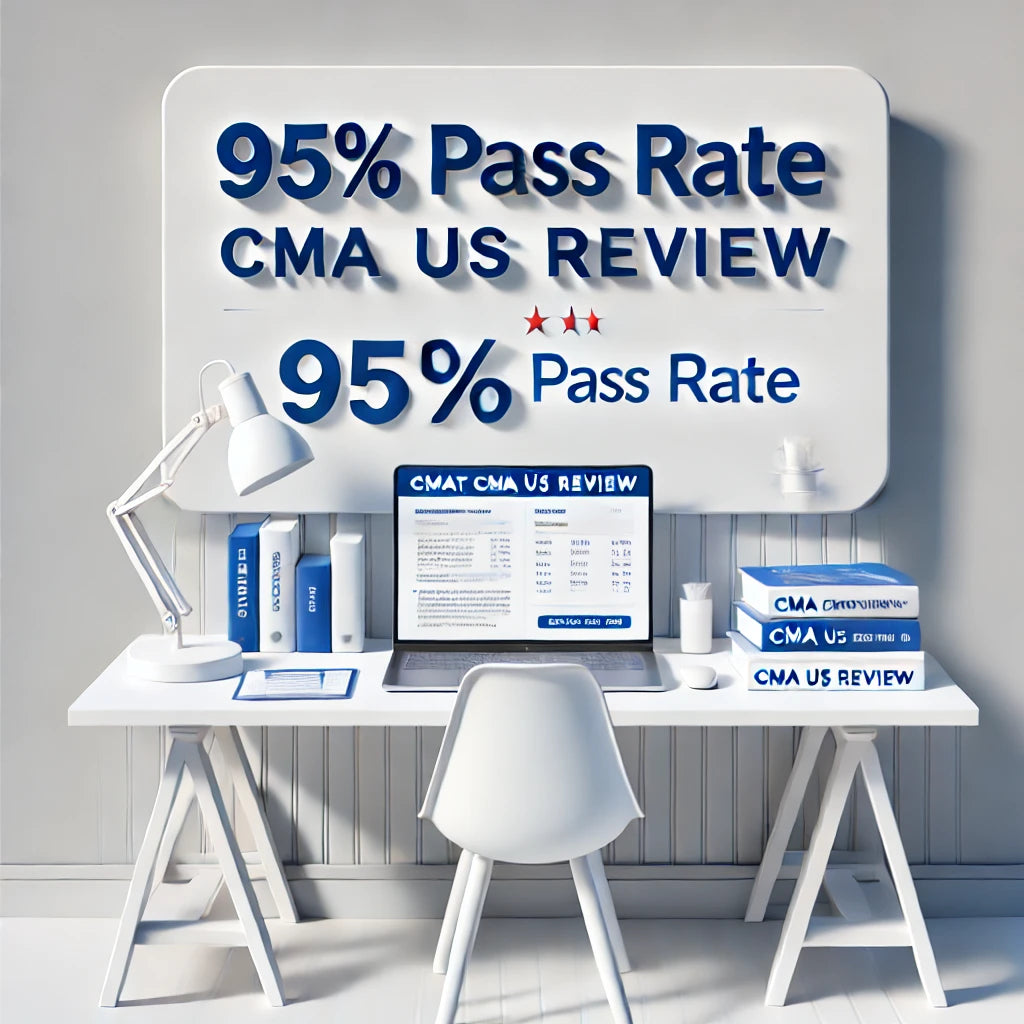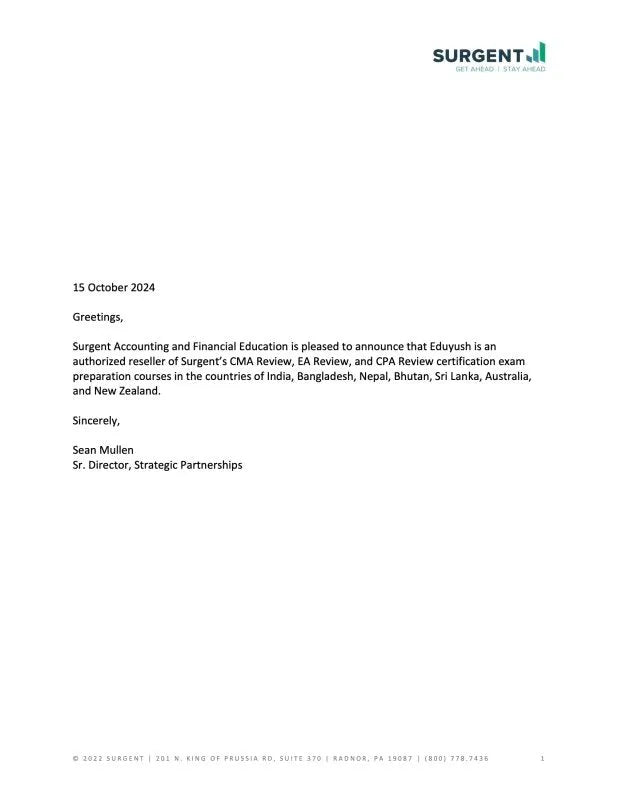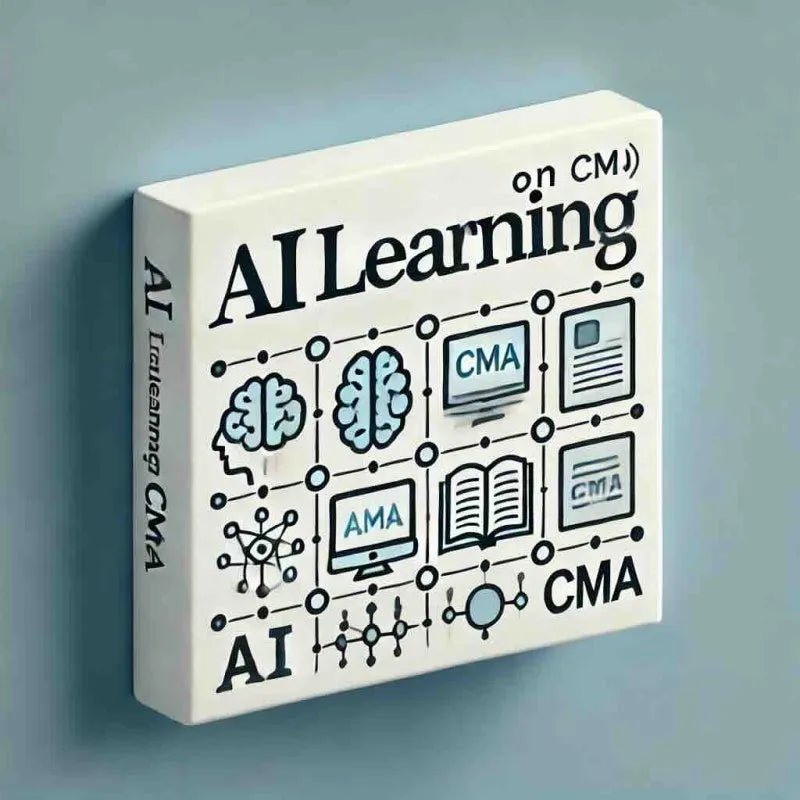CMA exam ID requirements
CMA Exam ID Requirements: Essential Guide by Country
To take the CMA exam, you must present original, valid identification. Your ID name must match your CMA authorization letter exactly. Any name changes must be made at least one week before your test date. Note that the name on your ID will be printed on your CMA certificate once you pass the exam.
General ID Rules for the CMA Exam
- ID Must Be Original: No photocopies or electronic versions are allowed.
- Matching Names: Your ID name must match your CMA authorization letter.
- No Changes Post-Exam: The name on your CMA certificate matches your IMA profile, with no changes allowed after you complete the exams.
- Primary or Secondary ID: Bring one primary ID or two secondary IDs for admission.
- Photo Must Match Your Current Appearance: ID photos must closely resemble you.
- ID Signature and Roster Consistency: The ID signature should match the Daily Test Taker Roster.
- No Entry Without Correct ID: Do not enter the exam without proper ID.
- Re-registration If Denied Entry: Incorrect ID will require complete re-registration and fees
Ready to Ace the CMA Exam? Compare the Top 4 CMA USA Courses and Choose the Best Today
Let’s review the country-specific ID guidelines for the CMA exam to ensure you have the correct ID requirements.
Wondering how to self-study for CMA US using AI tools? Get tips and resources for a personalized study plan
Accepted IDs for the CMA Exam in the USA
You can present one primary ID or a combination of two secondary IDs for U.S. candidates.
- Primary ID: A government-issued passport, valid, original, signed, and nonexpired.
- Secondary Option: Two forms of ID, one with a photo and both with signatures.
Accepted IDs in the USA:
- U.S. passport or passport card
- Driver’s license
- Company ID (with signature)
- Credit card, debit card, or ATM card (with signature)
Unacceptable: Social Security card or student ID.
Read Essential CMA Exam Tips for Success for comprehensive U.S. exam prep tips.
CMA Exam ID Requirements for India
Candidates in India need to present either one primary ID or two secondary forms. Here are the accepted options:
- Primary ID: A valid, government-issued passport with a photo and a signature.
- Alternative Option: Aadhar card (must be paired with an additional ID with a signature) or two forms of ID, with one photo ID and both bearing a signature.
- Primary ID: Valid, original passport with photo and signature.
- Alternative Option: Aadhar card with a secondary form of ID and a signature.
Accepted IDs in India:
- Passport
- Aadhar card (plus additional ID with a signature) (ensure it shows full date of birth. Some AADHAR cards only show year of birth)
- Driver’s license
- PAN card
Unacceptable in India: Student ID cards or other non-government-issued IDs.
For more on preparing in India, see CMA Review Course Options.
Accepted IDs for the CMA Exam in the Middle East
The accepted IDs for candidates in the Middle East differ slightly. Present either one primary ID or a combination of acceptable secondary IDs.
- Primary ID: Government-issued passport, original, with a photo and signature.
- Alternative Option: National ID card with a photograph, plus a second ID with a signature.
Accepted IDs in the Middle East:
- Passport
- National ID card (plus a secondary ID with a signature)
- Driver’s license
- Credit card, bank debit card, or ATM card (with signature)
- Company ID (with signature)
Unacceptable: Temporary IDs or student IDs.
For details on which calculators to bring to the exam, visit CMA exam calculators for more information on requirements.
Important CMA Exam Reminders
- Bring Only Original ID: Photocopies or electronic forms aren’t allowed.
- Name and Signature Consistency: Ensure ID names match the authorization letter and CMA profile.
- Missing Proper ID: Failure to bring valid ID means denied entry, re-registration, and full fees to retake.
- Final ID Check: Confirm that all IDs are original, signed, and unexpired.
Frequently Asked Questions
What happens if my ID doesn’t match my authorization letter?
- You may be denied entry. Make changes at least seven days prior.
Can I bring photocopies of my ID?
- No, only original IDs are accepted.
What if I need to remember my ID on exam day?
- With an acceptable ID, you can take the exam.
Do international candidates have different ID requirements?
- Requirements are generally consistent, but specifics vary by country.
To ensure smooth test-day experiences, follow these ID guidelines for the CMA exam.
Surgent CMA Review course
Pass the CMA USA Exam with a 95% Success Rate
✅Smart, AI-Driven Study Plan for Faster Learning
✅Comprehensive Study Materials & Expert Support
✅Now Available at India pricing at 70% Off
Frequently Asked Questions About the CMA US Certification Course
What is the CMA course, and how does it differ from other accounting certifications?
The CMA US course is a globally recognized certification program for finance and accounting professionals, focusing on strategic financial management, budgeting, and performance management. It’s ideal for those looking to advance in corporate finance roles.
How difficult is the CMA exam, and what are the pass rates?
The CMA exam is known for being challenging, with an average global pass rate of around 45%. The exam consists of two parts: Part 1 focuses on Financial Planning, Performance, and Analytics, while Part 2 covers Strategic Financial Management. Each part has a mix of multiple-choice questions and essay questions, which test both theoretical knowledge and practical application. Most candidates find Part 1 more quantitative and Part 2 more strategic, with both requiring thorough preparation.
How long does it take to complete the CMA US course?
Most candidates complete the course in 6-18 months, depending on study time and preparation. The two exam parts can be scheduled separately, allowing for flexible pacing.
How long do you have to pass both parts?
CMA aspirants have three years to successfully complete both components of the exam from the day they join their program. With ample time available, success is well within reach!
How much time should I dedicate to studying for the CMA exam?
Most candidates report studying between 150 to 200 hours for each part of the CMA exam. If working full-time, this could translate to around 3-5 months per part, depending on your existing accounting knowledge and study habits. A structured study schedule, covering each section systematically and including ample time for practice questions and revision, is essential for success.
CMA resources links
Here are all the links to CMA Resources
- ACCA vs CMA
- CMA Certification
- CMA Exam Centre. Locations
- CMA US online course
- CMA Exam Dates: Complete Guide for your Test in 2025
- CMA Exam Essay Questions: How to Master Them
- CMA Exam fees. Updated for 2024
- CMA Exam High Yield Topics: Where to focus
- CMA Exam Pass Rates: Insights and Tips
- CMA Exam Passing Score: How to Pass with ease
- CMA Exam pattern: Your Complete Guide
- CMA Exam Tips: How to Pass on Your First Try in 2025
- CMA Part 1 Formula Sheet
- CMA Part 1 or Part 2: Which to Take First?
- CMA Performance report: How to Interpret Exam Scores
- CMA Study Plan: How to Master the Exam in 2025
- CMA Syllabus Changes 2025: Key Updates
- CMA US CPE requirements: Complete Guide
- CMA US Eligibility Requirements
- CMA USA Course details: Comprehensive guide
- CMA USA Results: What to Expect in 2025
- CMA vs CA: Which is Better for Your Career?
- CMA vs CPA: Choosing the Right Path for Your Career
- CMA Work Experience Requirement
What are the career prospects for CMA holders, and how does it impact salary?
The CMA credential can open doors to various managerial and executive positions in finance, accounting, and corporate management. Common roles include financial analyst, management accountant, CFO, and financial controller. Salary expectations vary by region, but CMAs generally earn around 30-50% more than their non-certified peers. In the U.S., the average salary for CMAs can range from $80,000 to $150,000 annually, depending on experience and location.
Can I pursue the CMA certification while working full-time?
Yes, many candidates complete the CMA while working full-time. Time management is crucial, and it may involve studying during evenings and weekends. Employers often support CMA candidates by providing study resources, financial assistance, or time off for exam preparation. Reddit users recommend setting realistic goals and maintaining a consistent study routine to balance work and study effectively.
How is the CMA viewed outside the United States?
The CMA is recognized in over 100 countries and is highly regarded in various industries, particularly in regions like the Middle East, China, and India. It is especially valuable for professionals interested in multinational corporations or companies with a global presence. In some countries, CMA-certified professionals may earn equivalent or even higher salaries than CPAs or local accounting professionals.
Is the CMA course worth it if I already have a CPA or another accounting certification?
Many professionals with a CPA or another accounting certification pursue the CMA to gain expertise in management accounting and strategic decision-making. The two credentials can complement each other well, with the CPA focusing more on auditing and tax and the CMA emphasizing corporate finance and strategy. The choice depends on career goals—if you're aiming for managerial roles in corporate finance, the CMA is highly advantageous.
How is the job market for CMAs affected by automation and AI?
While automation and AI have affected traditional accounting roles, they have increased the demand for management accountants who can interpret data and contribute to strategic decision-making. CMAs are well-positioned to leverage these technologies, as their training covers data analytics and performance management, making them valuable assets in organizations seeking to innovate and optimize processes.
What happens if I fail a part of the CMA exam?
If you fail a part of the CMA exam, you can retake it during the next testing window. The IMA offers the exam in three testing windows each year: January-February, May-June, and September-October. Preparing for a retake may involve identifying areas of weakness, revising study materials, and perhaps trying different resources or study methods.
Who is eligible for the CMA US course?
To be eligible, candidates must have a bachelor’s degree from an accredited institution, two years of relevant professional experience in financial or management accounting, and IMA membership.













Leave a comment